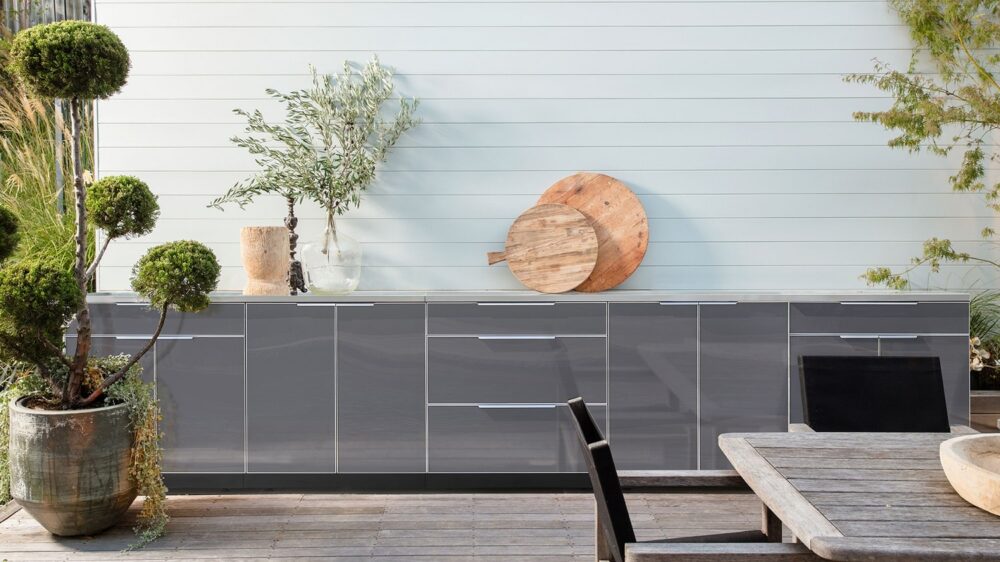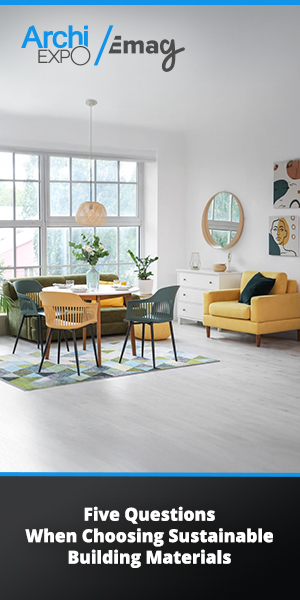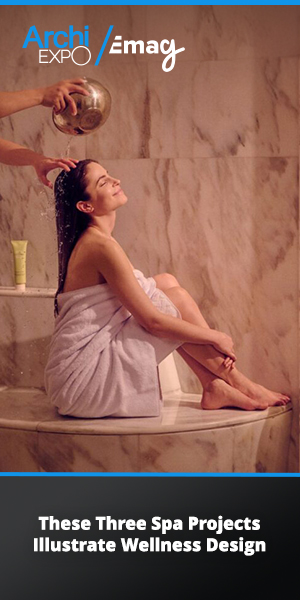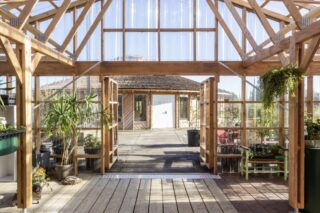We talked to Andy Wu, CEO at Backyard Oasis, about all things outdoor kitchens: from trends and novelties to the precautions one should take into account when deciding to build one.
- Trends: Outdoor kitchens are shifting toward all-in-one luxury sets made with weather-resistant materials, blending indoor aesthetics with natural elements, and featuring modern comforts like heating, cozy dining spaces, and tropical or professional-inspired designs.
- Tips: Prioritize smart layout and foundation planning, allow for future upgrades, ensure safe, shaded access paths, and match the design to your home’s overall style.
The boundary between indoor comfort and outdoor freedom continues to merge, most evidently seen in the evolution of the outdoor kitchen. The common, simple backyard grill setup has transformed into fully equipped outdoor kitchens, turning a patio or backyard into an extension of the home.
The pandemic strengthened the desire for open-air living, hosting gatherings, enjoying outdoor meals, and unwinding in nature-like environments; and the outdoor kitchen stands to provide such a space.
We get the trends and tips for current outdoor kitchen designs from outdoor living expert Andy Wu. His two-plus decades of experience in gardening and outdoor design can provide professionals and homeowners with the right tools. Indeed, he founded Backyard Oasis in Atlanta, Georgia, as a one-stop solution for durable, high-quality outdoor products.
The Rise of Luxury Materials
Currently, the design of outdoor kitchens involves the use of luxurious materials combining stainless steel with porcelain and granite. While adding to the overall cost of the project, these more luxurious materials can withstand harsh conditions.
“The base frames of the sets used in outdoor kitchens are still steel, but the outside materials are these luxurious ones,” Wu explains.
He spoke of Cal Flame 8 ft. L-Shaped Outdoor BBQ Kitchen Island BBK-870 as a beautiful and popular example.
“Many customers surround it with upgraded stone to give it a natural touch. I recommend choosing light- or medium-toned greige, beige, or soft gray for the base. These hues naturally blend with most outdoor settings while maintaining a sleek, uncluttered look.”
Countertop tiles with a shade or two darker or lighter than the base can create a uniform pattern.
“For a truly minimalistic feel, consider a porcelain or smooth quartz-like tile that has little to no veining or visual movement,” he explains.

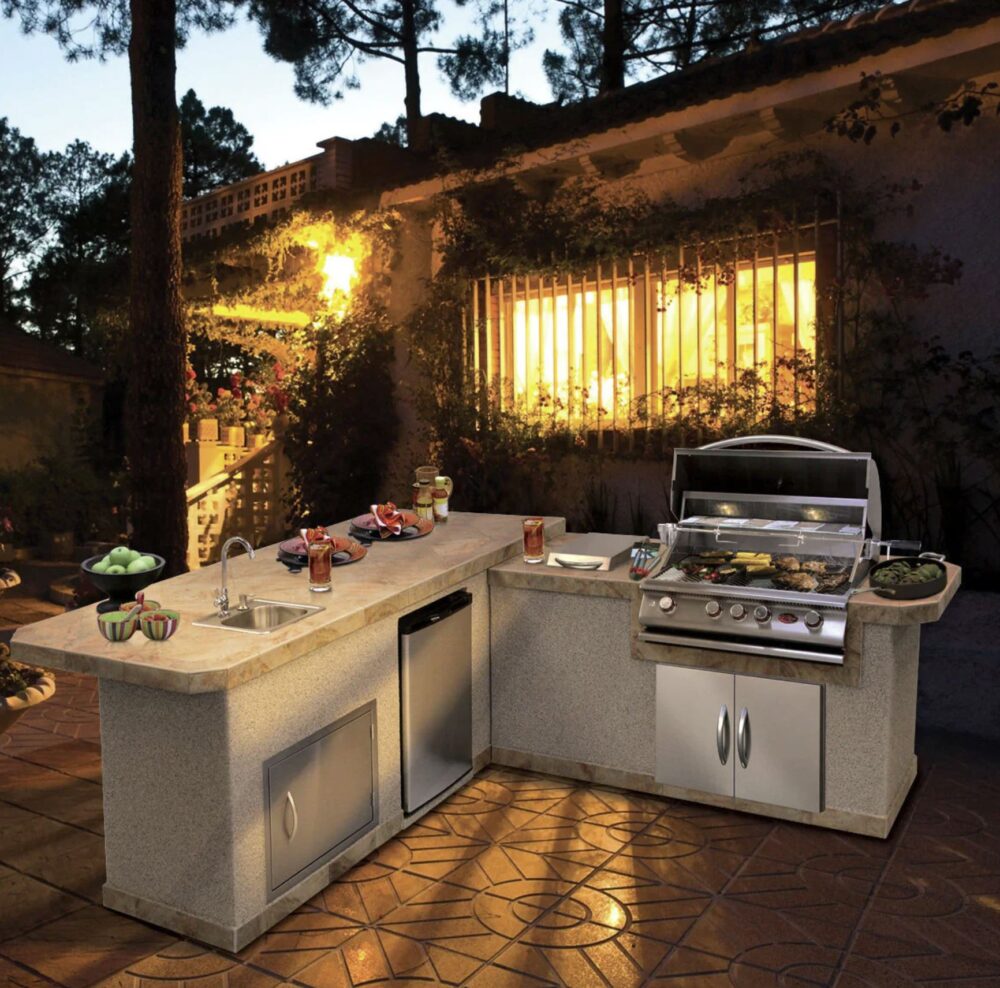
Full Sets, Professional Kitchens, and Outdoor Heating
Previously, people would purchase products like cabinets and side burners separately from specific vendors. Now, they’re seeking the whole package.
“Now, most customers are buying one full set, which might have 18 to 20 features that the customer is looking for. Occasionally, the set may emphasize features like a grill or create a cozy dining area for seating,” says Andy.
Backyard Oasis sells its NewAge’s Outdoor Kitchen 4-Piece Modular Cabinet Set made of rugged aluminum or stainless steel for a modern touch. It has adjustable shelving and spacious storage and the unit can be fully equipped with appropriate appliances. The minimal lines and muted colors of kitchen sets such as this one complement modern or transitional patio furniture. For this, Wu suggests including vibrant outdoor pillows, decorative planters, and plush rugs to make the ambiance comfortable.
“Employing natural elements such as stone counters or wood serving trays will assist in developing an intimate and fashionable area that complements your indoor design outdoors,” says Wu.
Professional kitchens are also in, thanks to the giant success of cooking shows. Also, tropical, nature-like aesthetics and natural looks are another trend that has been gaining strength. The TV series The White Lotus is a current inspiration, according to Wu.
Last, outdoor heating systems extend outdoor kitchens’ use throughout cooler months. Such heating elements as infrared heaters or fire pits can turn outdoor kitchens into year-round retreats. Contemporary fire pits also serve as decorative focal points, offering warmth and ambiance as individuals gather around cooking food. For focused heat, infrared heaters deliver instant, wind-resistant warmth ideal for cooking stations.
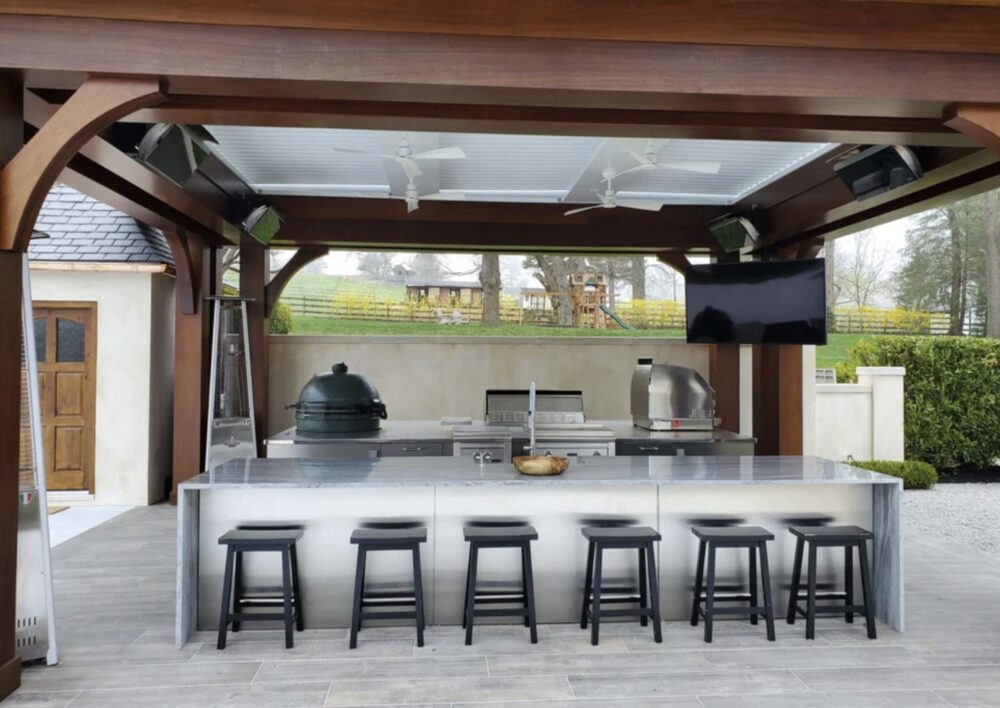
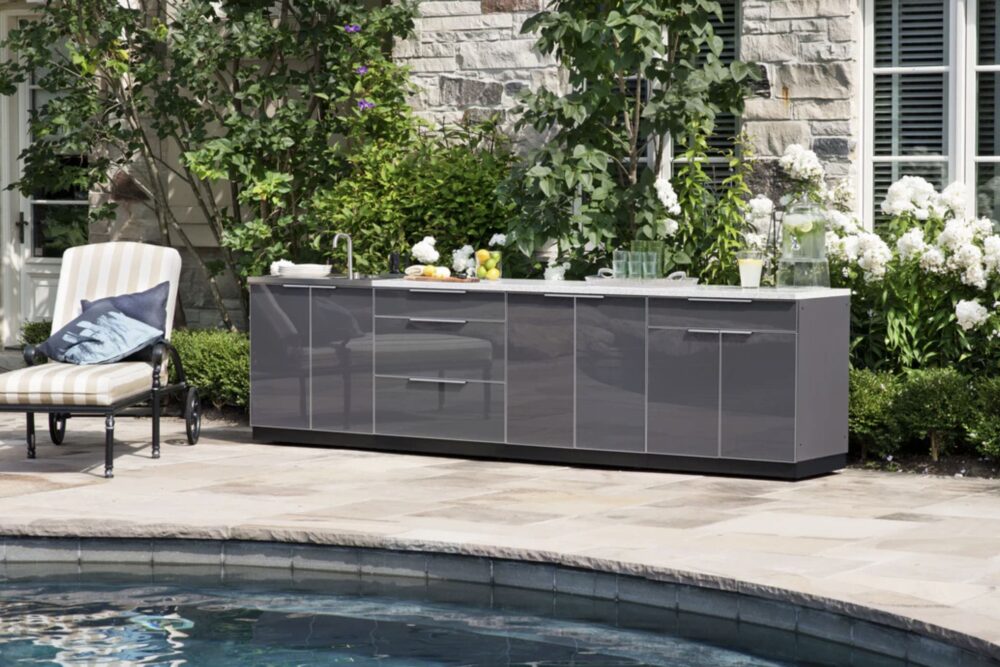
Tips to Have in Mind When Building an Outdoor Kitchen
According to Andy Wu, the foundation and the layout are the most basic and important aspects of outdoor kitchens—and yet, they are often overlooked.
“Will I be cooking for friends and family, and do I want them to watch me cook? Do I want my children to cook with me? What functionalities do I need? How much surrounding space do I need? Will I grill more? Will I bake more? With kitchen islands, people need to ask themselves these questions and not forget about the foundation.”
Also, one has to account for necessary extra space like that of the pathway, which allows you to carry items from the main kitchen throughout the patio or backyard, all the way to the outdoor kitchen.
“If the place you need to bring the stuff to is far away or close to a swimming pool, for example, you will need shade along that path. You don’t want people carrying a hot tray under the sun, tripping on a wood block on the way to the dining area,” he says.
If, on the other hand, the dining area is close to the kitchen, then one can build a nature walk to that dining area, near a gazebo, for example.
“These things are often very hard to fix if not done correctly the first time,” he explains.
All-season Protection and Expansive Designs
Regarding gazebos, Wu recommends Paragon Outdoor’s Santa Monica HardTop Gazebo, which comes in multiple sizes. Its aluminum-framed, architecturally graded frame and multi-layer, composite roof are incredibly resilient, providing all-season protection from the changing weather, crucial for keeping appliances and countertops shielded year-round. The expansive design, offered in several configurations, simply accepts grills, prep stations, and dining space, with sleek lines and neutral finishes subtly adorning both modern and traditional facades.
“It is not just a refuge but also an impressive, working centerpiece for any outdoor kitchen paradise,” he says.
Another important precaution when it comes to outdoor kitchens is to always take into account the possibility of upgrading the space in the future.
“You might want, for example, a new, specific 32-inch stainless steel cabinet instead of the standard size you had before. If that is the case, you might have to make some hardware changes, like cutting into the stone to fit something bigger. Doing these kinds of adaptations might cost more than getting a whole new set. Also, cutting stone is not easy. It’s expensive labor,” Wu explains.
Last, Andy Wu says that, just like with indoor kitchens, outdoor kitchens cannot be too distant from the aesthetics of the house as a whole.
“If you are going for a modern sofa and fire pit inside, you probably don’t want to go with a traditional stone kitchen. A sleek, stainless steel kitchen is a better option,” he believes.
